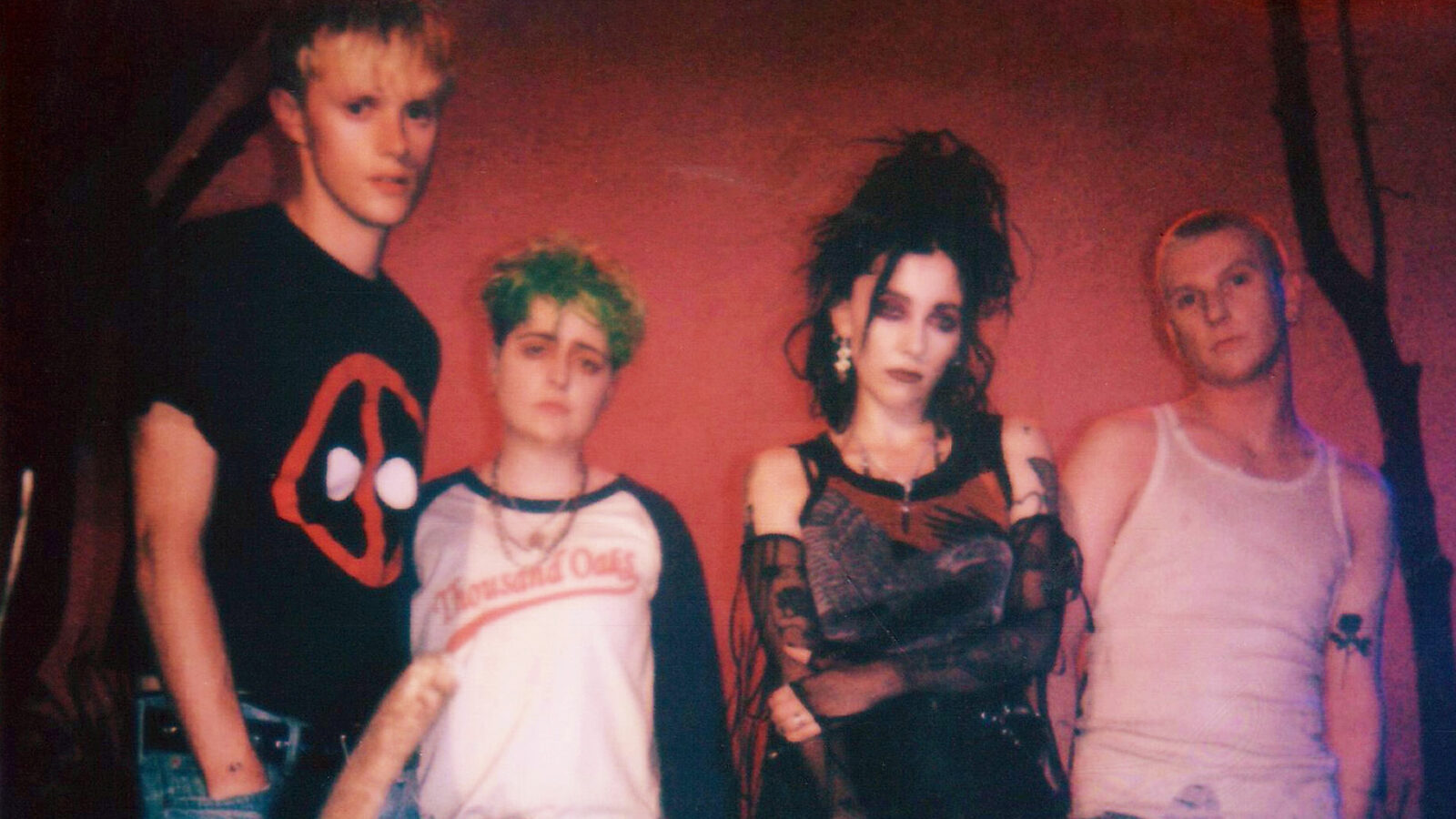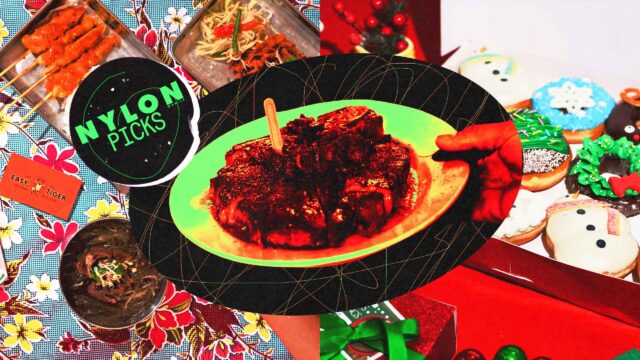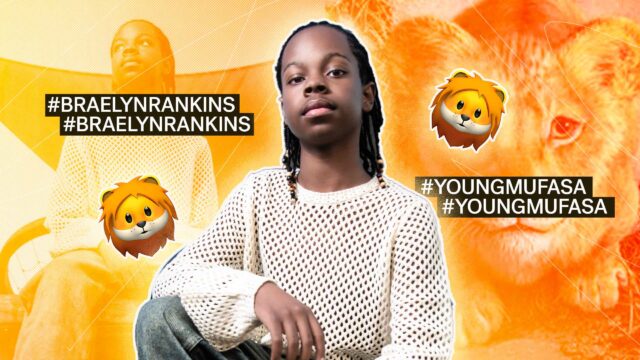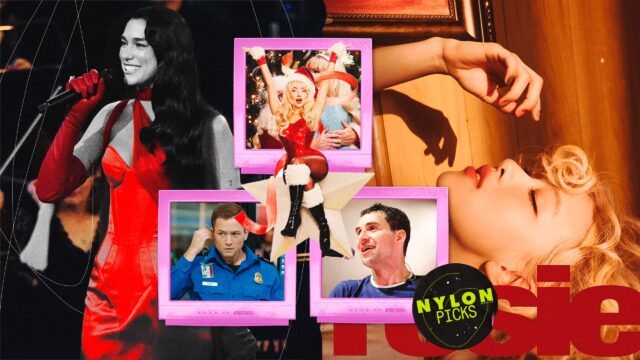I remember falling in love with Pale Waves’ synth-filled tunes and lyrics written by Heather Baron-Gracie in university. Now, she sits across the screen from me in her signature black aesthetic. It’s a definite change of pace from the warm tones and film-grain hues that wrapped her up in their most recent music video for Change. We do talk a little bit about that—the seemingly whole new look and art direction for this era of Pale Waves—but we don’t dwell on it too much.
RELATED: Beabadoobee Uncovered: Bedroom Sessions and a Journey to Self-Acceptance
There’s a predicament, she thinks, in her love for the gritty, mundane reality and dark colors she wears, and this whole new image her fans have been presented with. “That color theme just developed naturally, and I noticed that a lot of fans are like oh, I hope this aesthetic stick and that I love this new era,” she explains animatedly with an amused look on her face. “Now I’m torn between wanting to go back to the darkness within me, but…I can’t because all these fans want a colorful aesthetic!”
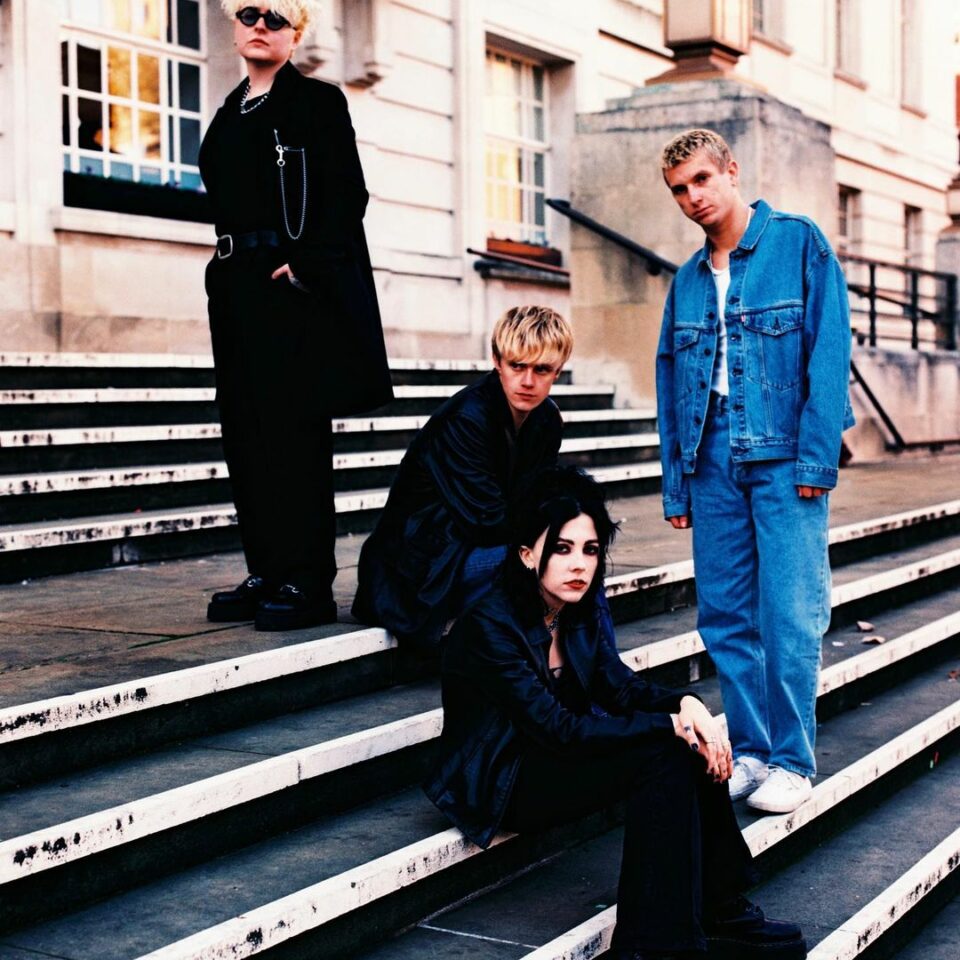
Lockdown has given Heather the chance to explore a little bit more of herself. She does yoga now–having previously dabbled with it, she’s fully committed to doing it every day. She even meditates and cooks, the latter being something she once thought she was terrible at. “I’m pretty decent at cooking,” she says in playful confidence. The other half of lockdown was spent recording Who Am I, their sophomore album to be released in February of next year. That’s also another outlet for her to get to know the other parts of herself.
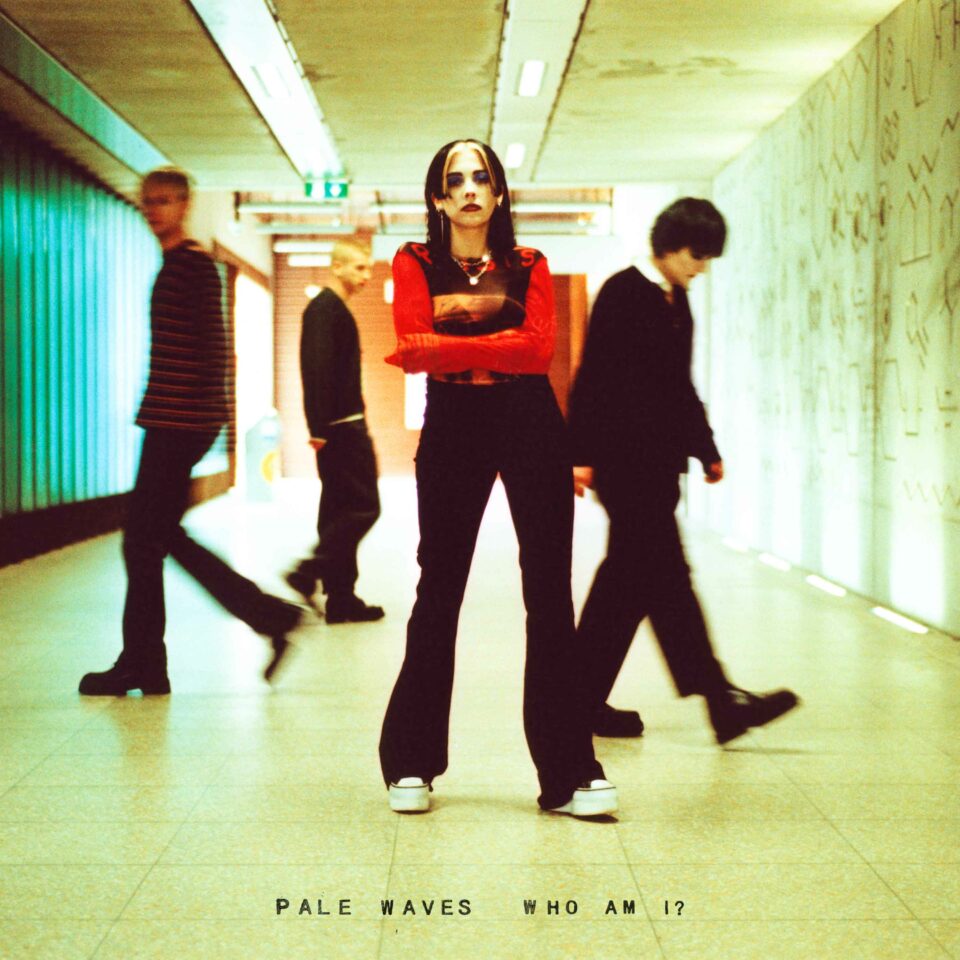
Unlike Pale Waves’ previous record–My Mind Makes Noises, written alongside fellow band member Ciara Doran–Heather wrote this one by herself. “We exhausted one another musically and we sort of needed a break,” she says in reference to Ciara. The writing process was an entirely personal experience for her, drawing inspirations from her sexuality, wanting to speak up about it, and express who she truly is to her fans. “I receive messages from fans nearly every day saying that maybe they’re struggling to come to terms with it, or their parents are not accepting of it.”
When asked if there were any other LGBTQ+ stories that she was inspired by, she maintains that it is all about her experience with her own sexuality. “I mean recently, I received a message from a girl who was saying her mom kicked her out of the house and she was only fifteen years old,” she recalls. With this, she emphasizes how much she wants to help her fans with their own struggles, and offer them comfort where she can. “How can I be that person that my fans look up to if I’m closed up about it, and if I don’t speak up about it?”
The record is more than just about that though. There are moments of heaviness and other aspects of self-identity issues. She explores mental health, feelings of being trapped, eliminating toxic aspects of her life, and growing up in general. There are questions about who she wants to be and where she wants to leave the world. She also criticizes society and those who’ve criticized her. “They don’t like the way I dress, or they think it’s inappropriate, or I look too goth,” she says with a smirk and rolls her eyes. “So, it’s really those sorts of people who are not going to like this album because I call them out on their shit.”
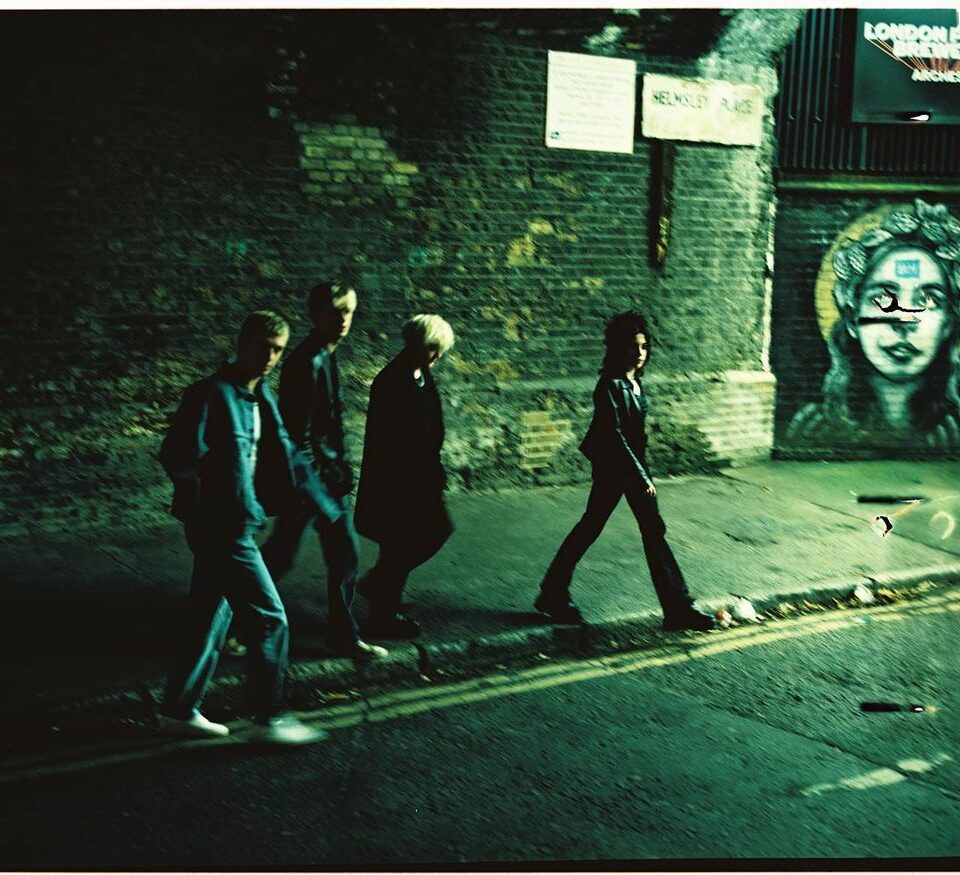
Culture has changed a lot since the release of My Mind Makes Noises. Heather feels that people now, as opposed to then, are more open to being diverse and not at all like the stereotypical norm. “Everybody’s different, and yet a lot of people in society try to make us all feel the same, and I hate that,” she exclaims. There’s something about these boxes that society imposes on people that she finds very frustrating. “Just let people be different; don’t get so offended! It’s crazy how people get so offended these days.”
Culture aside, Who Am I is a completely different production experience to My Mind Makes Noises. “The first album was very 80s pop-influenced, very dance-like, decorated with a lot of twinkly, glittery synths. Whereas with this album, I made a conscious decision that I didn’t want to do that again—I didn’t want to make the same record.”
This time, she’s going back to her childhood roots, of the songs she listened to as a kid, filled with music made from just the bare instruments. “There still are some synths, but the core of all the songs were mainly written to [the sound of] my acoustic guitar, and I think you can really tell that. Whereas a lot of the first album, I wrote the songs to a laptop.” There’s even a little bit of country in her vocal melodies as she’s been getting into the genre as of late. “Maybe in the future, I’ll write a country album,” she says with a laugh and a shrug. “I don’t think the rest of my band want us to have a country album but what can you do?”
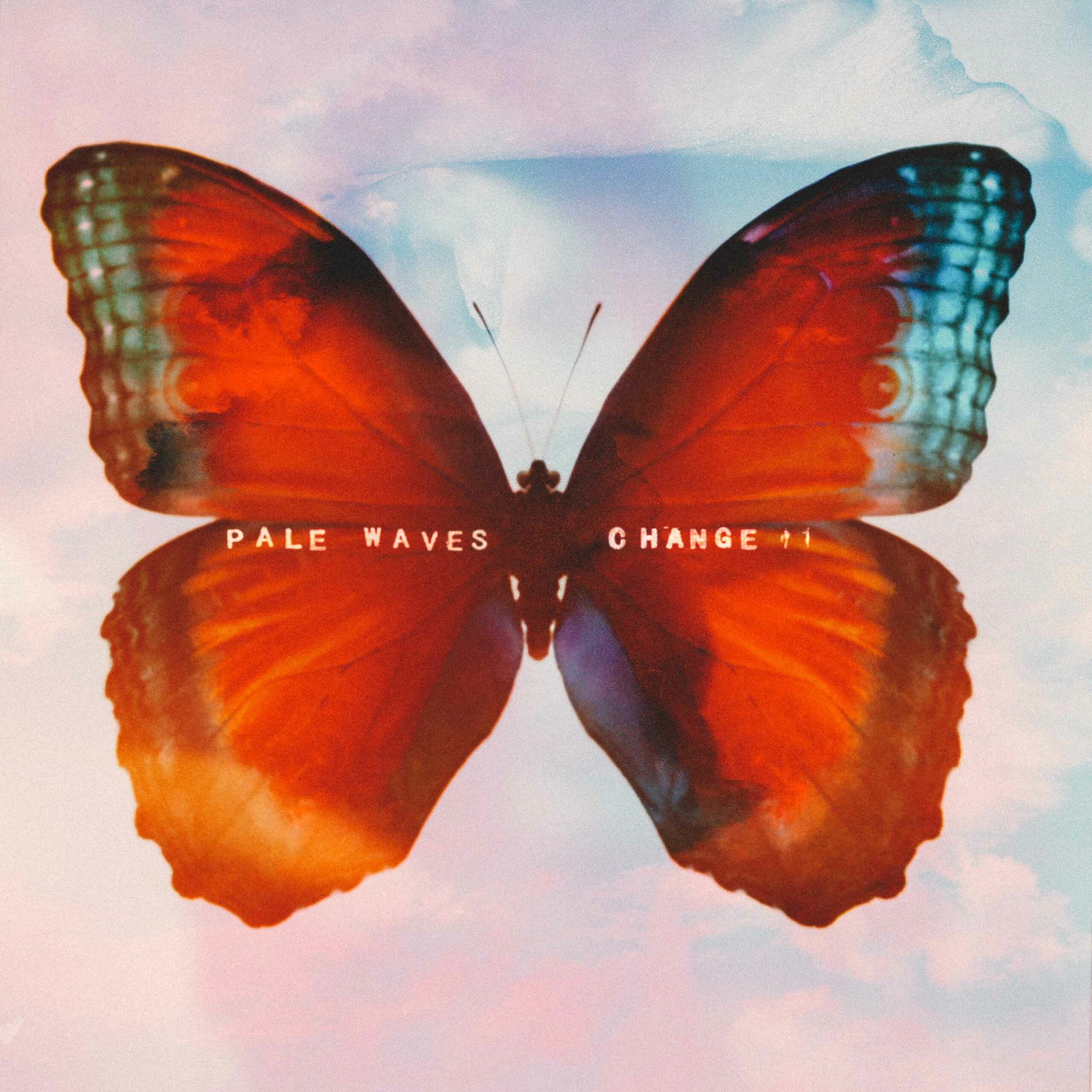
As of right now, Heather’s missing the high of live concerts. To her, there’s a feeling that she gets when playing a show and after playing a show that she just can’t receive any other way. “It’s just so uplifting and so amazing to go onstage and perform something that you wrote in a room about your feelings, your expressions, and then to look out and see hundreds—even thousands—of people really connecting with that song and screaming the lyrics back to you.” There’s that comfort sense of it all that she misses doing. “They [the fans at a concert] make me feel less alone by just being there.”
Pale Waves is set to release new music this December.
